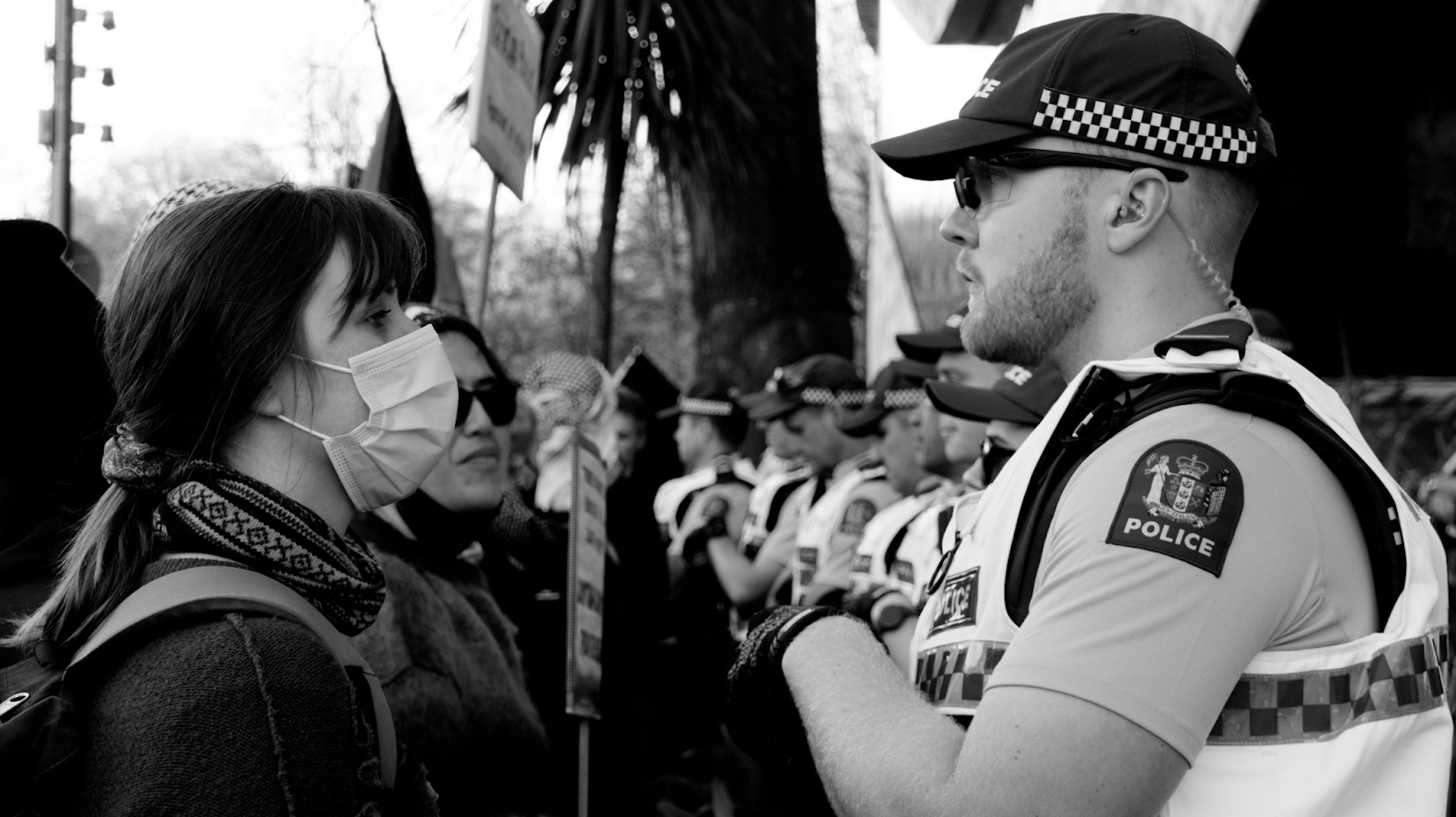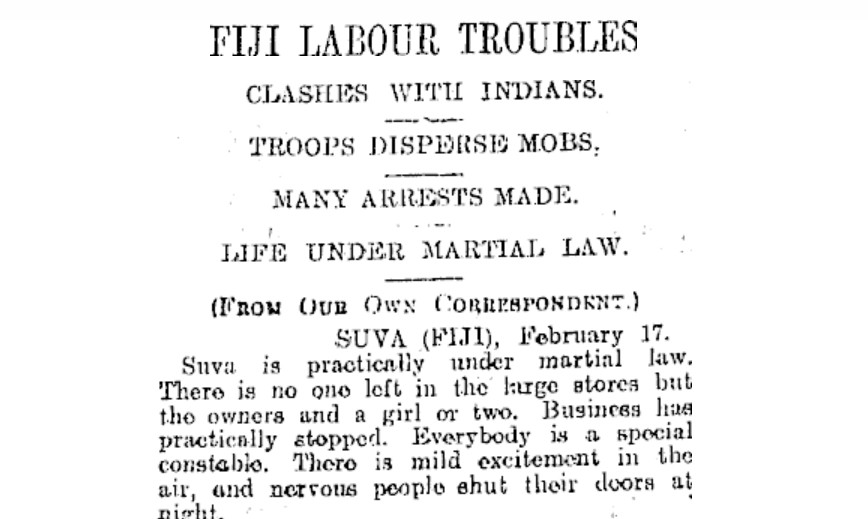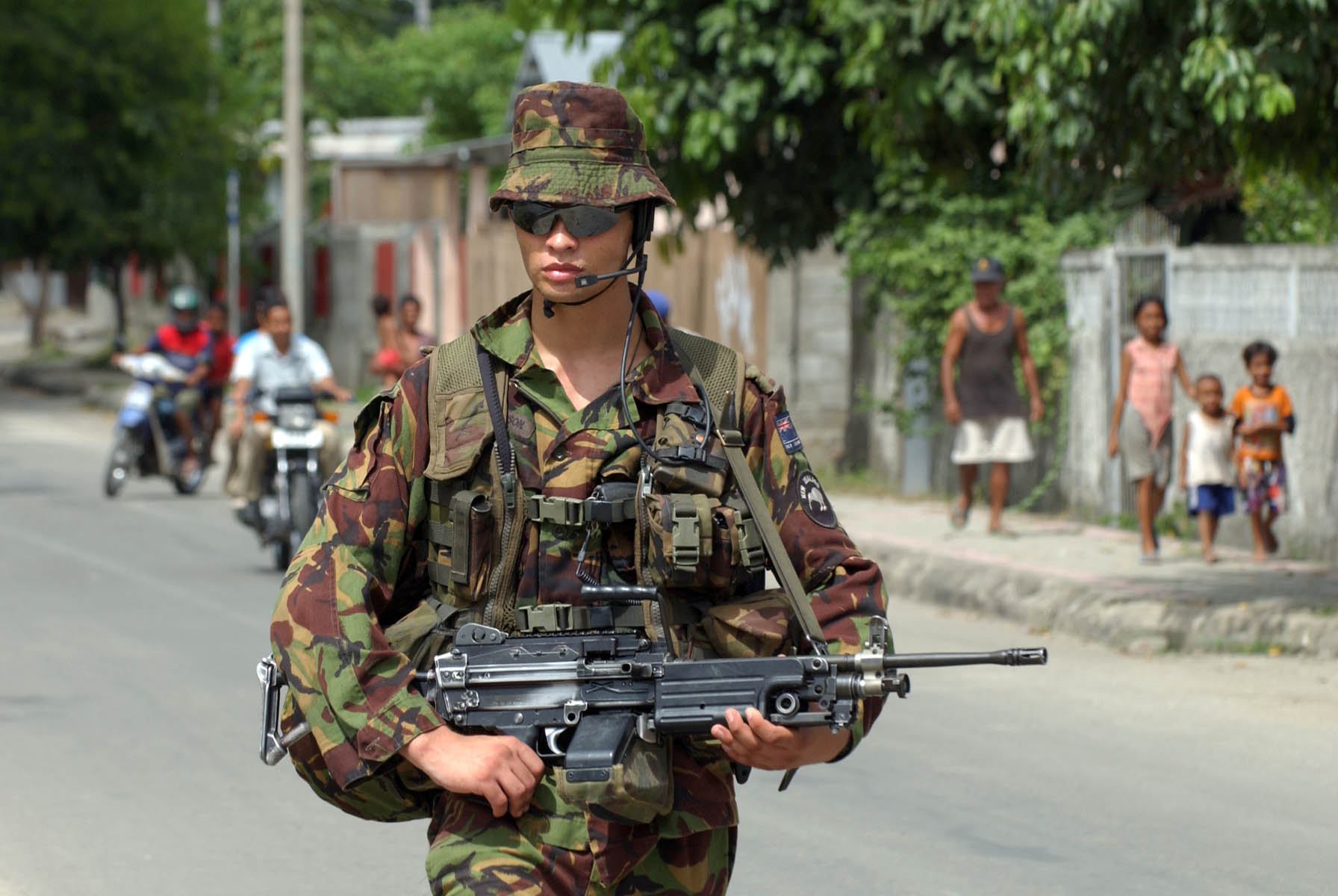WITH A substantial victory in India’s national elections, the right-wing Bharatiya Janata Party (Indian People’s Party) and its crown prince, Narendra Modi, are set to form a national government without the need for any coalition partners.
Winning a total of 282 seats in the Lok Sabha (the lower house of India’s parliament), the BJP soundly defeated the former ruling Indian National Congress. The BJP’s victory sent shock waves throughout the country, as this is the first time in India’s history that a single opposition party, without the help of coalition partners, has displaced the Congress Party.
But Modi’s win–and in proportions that will be characterized as a “saffron wave,” if not a “tsunami”–was foretold from the beginning. With his open ties to the Hindu right, Modi was nonetheless promoted by almost all of the major media outlets in India, and India’s large corporate interests swung squarely behind the BJP. The BJP raised almost a billion dollars for its campaign coffers and outspent all of the other political parties combined in this election. The Economic and Political Weekly suggested that Modi’s victory be called the “biggest corporate heist in history.”
The reason for big capital’s backing of Modi is clear. After all the fanfare about India’s meteoric economic rise since the neoliberal economic “reforms” of 1991, the Indian economy has been in relative decline for several years. Modi promised to turn that around. According to the Economic Times, economists are so excited by Modi’s victory that they are revising predications of GDP growth to as high as 7 percent, up from less than 5 percent for the last two years.
Despite all the hype, it isn’t yet clear just how substantial this victory was. The BJP definitely acquired a larger vote than it ever had before, expanding its geographic base into places like Assam and West Bengal, which had been resistant to its ideological message before. On the other hand, the BJP was only able to win about 31 percent of the total vote–the smallest percentage of the total vote that ever produced a parliamentary majority in India.
Either way, a Modi victory is very bad news for ordinary Indians. Not only will his government roll back social services that ordinary Indians depend on, but he will also unleash an enormous raid on the government’s coffers, privatizing what is left of nationalized industries and giving corporate India a free hand to do as it pleases. Rather than lift all boats, as neoliberal orthodoxy claims, these policies have already massively widened the economic gulf between the richest and the poorest in India.
Plus, Modi’s reliance on right-wing Hindu populism means that the threat of communal violence will always be around the corner. Modi himself came to political prominence within the Rashtriya Swayamsevak Sangh (RSS), the organizational backbone for a set of Hindu chauvinist groups such as Shiv Sena.
Still, the outcome of a Modi-led government is not a foregone conclusion. Though Modi and the BJP were the darling of the corporate classes, who are hoping to use a BJP victory to push through even stronger neoliberal reforms in the economy, his victory opens up a series of political and social contradictions for which there will be no easy resolution.
The reality is that Modi’s victory represents different things to different sections of the Indian population–and any attempt to use this election to claim a mandate for one set of policies will necessarily bring Modi into conflict with another of his constituencies.
– – – – – – – – – – – – – – – –
Why Is He Controversial?
Narendra Modi ran on a campaign of clean government and development, but his deep connections to far-right Hindu forces in India was never far from the surface of his sanitized propaganda machinery.
Most importantly, Modi presided over the government of Gujarat in 2002, when Hindu organizations unleashed a campaign of ethnic cleansing against Muslims. Somewhere between 1,000 and 2,000 Muslims were killed in the violence and another 200,000 were displaced–while Modi’s security forces either looked on passively or, in some instances, aided the rioters.
Modi has made much of the fact that he has never been convicted of any charges of wrongdoing, but the court cases against him have always had the taint of impropriety and corruption. Human Rights Watch argues that there are clear indications that Modi’s government was complicit in the assault. “The attacks were planned in advance,” a senior researcher for the organization said, “and organized with the extensive participation of the police and state government officials.”
In this election cycle, too, Modi rehearsed many of the Muslim-baiting tropes for which he has become infamous.
He accused the Congress of fomenting a “pink revolution” and giving undue favor to the beef industry, therefore favoring Muslims. He called for the immediate deportation of “illegal” Muslim Bangladeshi immigrants in the eastern part of the country, giving cover to Assamese groups to slaughter Muslims in the run-up to the election. He accused one of his chief rivals, the Aam Admi Party’s (Common Man Party) Arvind Kejriwal, of being a Pakistani agent. And he had no problem comparing the victims of the 2002 violence to puppies being run over in the street.
Several commentators claimed that his election campaign signaled a shift in Modi’s politics, from Hindu communalism to corporate governance. But Modi has been more than willing to activate the hard right wing of the BJP’s base by using the less-than-coded language of anti-Muslim hysteria.
– – – – – – – – – – – – – – – –
Why Did He Win?
At the same time, it would be a mistake to see this victory as only the result of communal forces and ideologies. The primary reason Modi’s BJP was able to win so handily has to do with two things: First, the absolute bankruptcy of the Indian National Congress; and second, the weakness of the left opposition.
Congress–which has been the dominant party in the country’s political system since independence more than half a century ago–was not only plagued by continual revelations of corruption scandals, one after the other (the Coal Allocation Scam, the 2G scam, the Adarsh Housing Society scam, and on and on), but it has also done little to alter the alarming rates of poverty that India faces.
So when the astronomical economic growth rates of the last decade came to a screeching halt in the last few years, Congress was seen as looting the public coffers while the public starved. This–plus the fact that Rahul Gandhi, the scion of the Nehru-Gandhi dynasty, was a completely incompetent campaigner–gave the BJP the decisive advantage. It had an easy target in the Congress failures and a weak opponent.
Added to this was the growing perception that Modi would bring development to India. Running as a “Vikas Purush” (Development Man), Modi promised to make India safe for business, clean up government and provide employment for a population desperate for jobs. More than anything else, it was the image of Modi’s Gujarat model of development that spoke to the population of India.
But added to this is the failure of India’s traditional left parties–the Communist Party of India and the Communist Party of India (Marxist)–to provide a viable alternative.
Rather than oppose neoliberalism, the two Communist Parties wholeheartedly embraced neoliberal reforms in places where they have had strength (Kerala and West Bengal), disillusioning their base. And their cries of warning about Modi’s communalism rang hollow after the debacles in Nandigram and Singur, where cadres of the Communist Parties were seen violently attacking peasants in the countryside in order to give land away to large corporations.
The only other force that could have offered a challenge to Modi was Arvind Kejriwal’s Aam Admi Party, with its message of opposition to political corruption. But after Kejriwal’s resignation from the government in Dehli, India’s second-largest city, the middle-class base that supported the party shifted to Modi’s BJP as the more viable candidate for national leadership.
– – – – – – – – – – – – – – – –
What Does This Mean for India’s Future?
A Modi victory was predicated on an uneasy alliance of three large constituencies: the big capitalists who believe he will bring in more economic reforms and tame what is left of the unions; the right-wing Hindus who hope Modi will complete their vision of India becoming a Hindu Rashtra (nation); and ordinary Indians grown tired of Congress’ ineffectiveness, who are desperate for improvements to the economy.
Some commentators have concluded that this is the kind of unholy alliance in which fascist politics are born. This misunderstands the balance of forces within India and within the BJP.
First, though communal violence has been increasing in the past several months, it has largely been contained to a few isolated incidents. The scale of the violence is much smaller than in either 1991, after the demolition of the Babri Masjid, or in 2002, after the assaults on Muslims in Gujarat.
Second, the BJP government will come to power in a position of strength in relation to the left. The unions are largely defanged throughout India, and the parliamentary left is in shambles. Modi will be able to push through the economic changes he wants without resorting to unleashing the fascist militias of the RSS.
Third, the BJP is not united on the question of Hindutva, or Hindu supremacist ideology. The financial backing of the BJP comes from big capital, which was, until recently, just as happy to work with the Congress party as with the BJP. Its commitments are to opening up markets, reducing the tax burden and disciplining labor. The right-wing Hindu base is often times at odds with this corporate wing of the BJP, not only on religious and social issues, but on economic issues as well.
Finally, the majority of new BJP voters are looking for improvements to the economy. These include not only the middle-class Indians who have been squeezed by corruption, but also members of the low caste, who have not benefited from the economic arrangements in India. An attempt to unleash fascist violence to suppress democracy will necessarily rip this coalition asunder.
But the victory of Modi and the BJP is definitely a triumph for the Hindu right at the expense of workers.
Modi will accelerate the imposition of ruthless neoliberal economic measures, with the support of all factions of the BJP. He gives the corporate class a powerful man at the helm, someone who will be able to use the substantial power of the state to push back against any protests to the neoliberal agenda.
Out of long-formed habit, Modi’s instinct in the face of any opposition will be to play to Hindu chauvinism and to persecute scapegoats. And the right-wing core of the BJP and RSS will see Modi as one of their own–and emerge from the election feeling more confident. It will also give the corporate class a powerful man at the helm, who will be able to use the substantial power of the state to push back against protests to the neoliberal agenda.
However, overreach on any one of these points could also trigger a mass response from the left.
A series of social movements have risen up over the past few years, independent of the formal political parties–the movement against rape in Delhi, against nuclear power in Tamil Nadu, against mining in Odisha and Jharkhand. There have also been new stirrings in the labor movement among India’s massive working class.
The best hope of resisting the growing campaigns of right-wing Hindu violence lies not in the parliamentary fortunes of mainstream parties, but in building these independent social forces to challenge not only the right but capitalism as well.
Reposted from Socialist Worker









